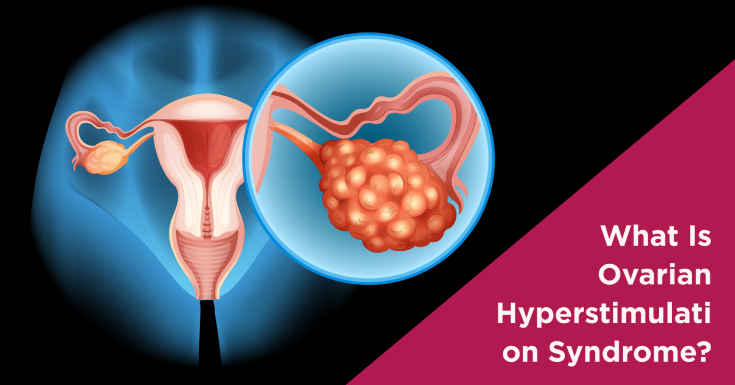
Optimizing IVF Protocols
In vitro fertilization (IVF) has revolutionized reproductive medicine, offering hope to countless individuals and couples struggling with infertility. However, like any medical procedure, IVF carries certain risks, one of which is ovarian hyperstimulation syndrome (OHSS). At Ganin IVF, we prioritize patient safety and well-being by implementing strategies to minimize the risk of hyperstimulation while still achieving successful outcomes. In this article, we delve into our approach to mitigating hyperstimulation risks and our rationale for transferring a limited number of embryos per cycle.



Understanding Hyperstimulation: OHSS is a potential complication of IVF treatment characterized by enlarged ovaries and fluid retention in the abdominal cavity. In severe cases, OHSS can lead to significant discomfort, complications, and hospitalization. Hyperstimulation occurs when the ovaries respond excessively to fertility medications, producing a large number of follicles. While mild cases are relatively common and typically resolve on their own, severe OHSS is rare but can be life-threatening.
Minimizing Hyperstimulation Risks:
- Individualized Treatment Protocols: At Ganin IVF, we recognize that every patient is unique and may respond differently to fertility medications. Our experienced team customizes treatment protocols based on each patient’s specific medical history, ovarian reserve, and response to previous cycles. By tailoring medication dosages and treatment durations, we aim to optimize outcomes while minimizing the risk of hyperstimulation.
- Ovarian Monitoring: Close monitoring is essential throughout the IVF process to track ovarian response and adjust treatment as needed. We utilize advanced ultrasound imaging and hormonal assessments to assess follicular development and estradiol levels. This allows us to identify patients at higher risk of hyperstimulation and modify their treatment accordingly, potentially adjusting medication dosages or even canceling the cycle if necessary.
- Triggering Ovulation: The timing and method of triggering ovulation play a crucial role in preventing hyperstimulation. We carefully select the triggering agent and timing based on individual patient factors. In some cases, we may opt for a “dual trigger” approach, combining a GnRH agonist with a low dose of hCG, which has been shown to reduce the risk of OHSS while maintaining oocyte quality.
- Elective Single Embryo Transfer (eSET): To further reduce the risk of hyperstimulation, we advocate for elective single embryo transfer (eSET) whenever feasible. By transferring only one embryo per cycle, we minimize the likelihood of multiple pregnancies, which are associated with a higher risk of complications, including OHSS. Our goal is to achieve a healthy pregnancy while prioritizing the safety of both the mother and the baby.
Transferring 2/3 Embryos per Cycle: While some clinics may routinely transfer multiple embryos to increase the chances of pregnancy, at Ganin IVF, we adopt a more conservative approach. We believe that transferring a higher number of embryos increases the risk of multiple gestations, which can pose significant health risks to both mother and baby. By transferring a limited number of embryos per cycle, typically two or three, we strive to balance the desire for pregnancy success with the importance of minimizing complications.
Conclusion: Hyperstimulation is a potential complication of IVF treatment that requires careful management to ensure patient safety and well-being. At Ganin IVF, we employ a personalized approach to minimize the risk of hyperstimulation while maximizing the chances of a successful pregnancy. Through individualized treatment protocols, close monitoring, and elective single embryo transfer, we prioritize the health and safety of our patients, striving for positive outcomes with each IVF cycle.








